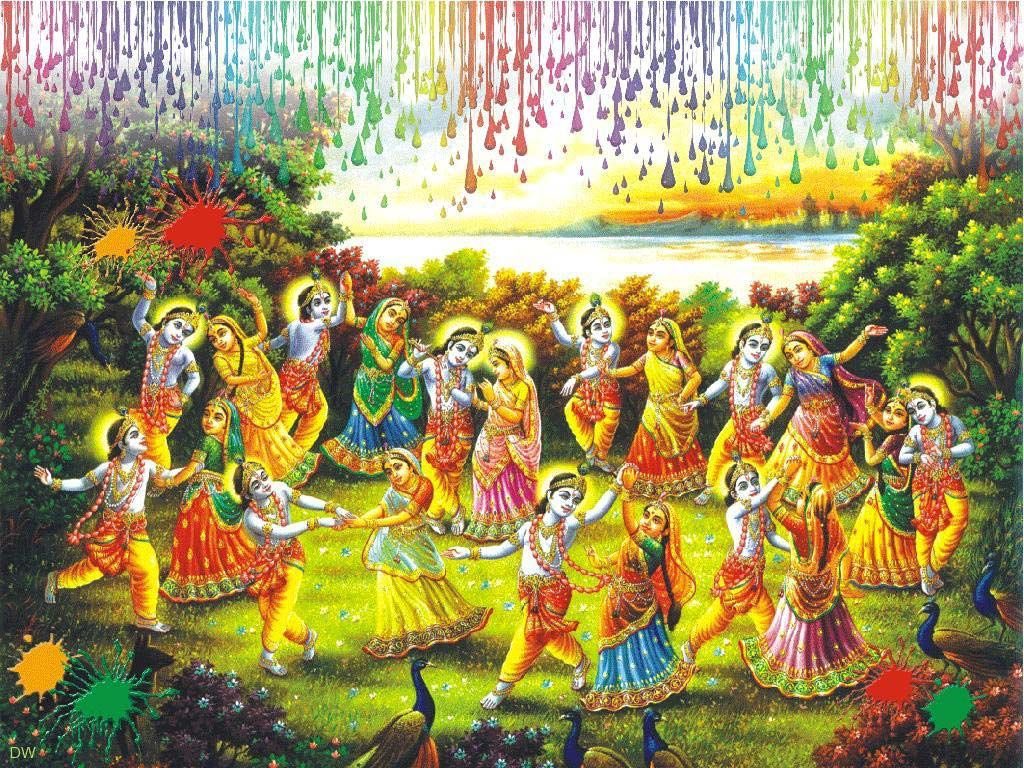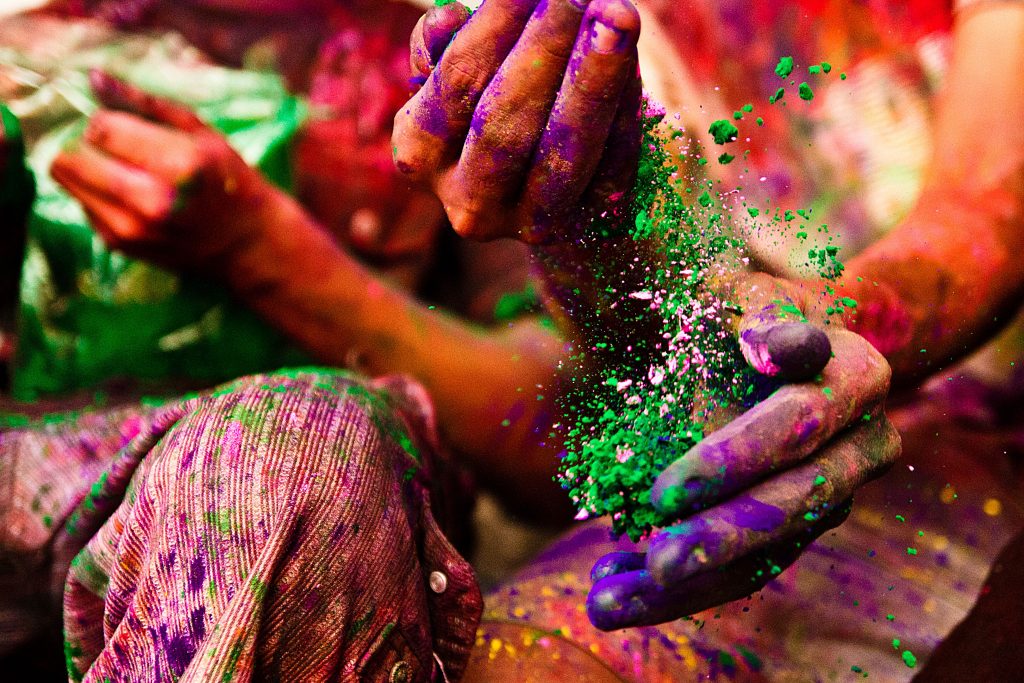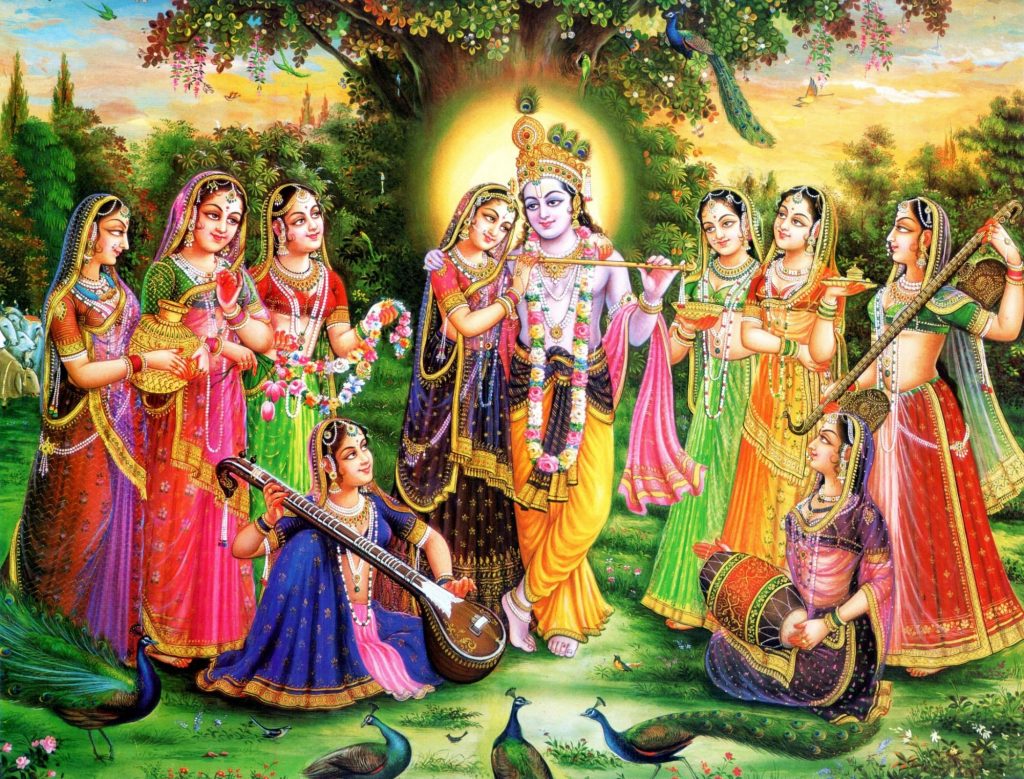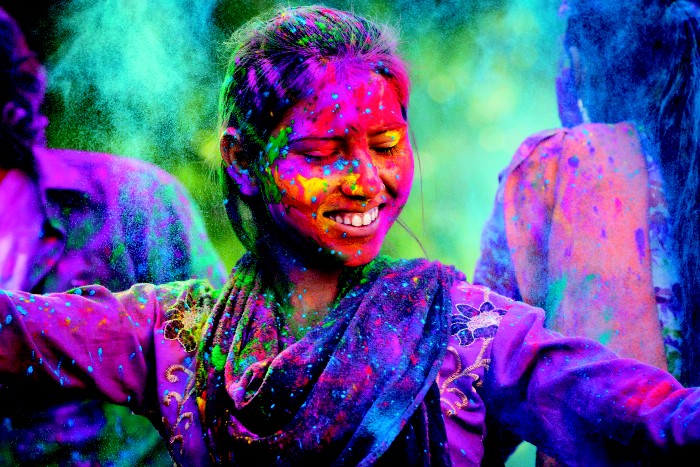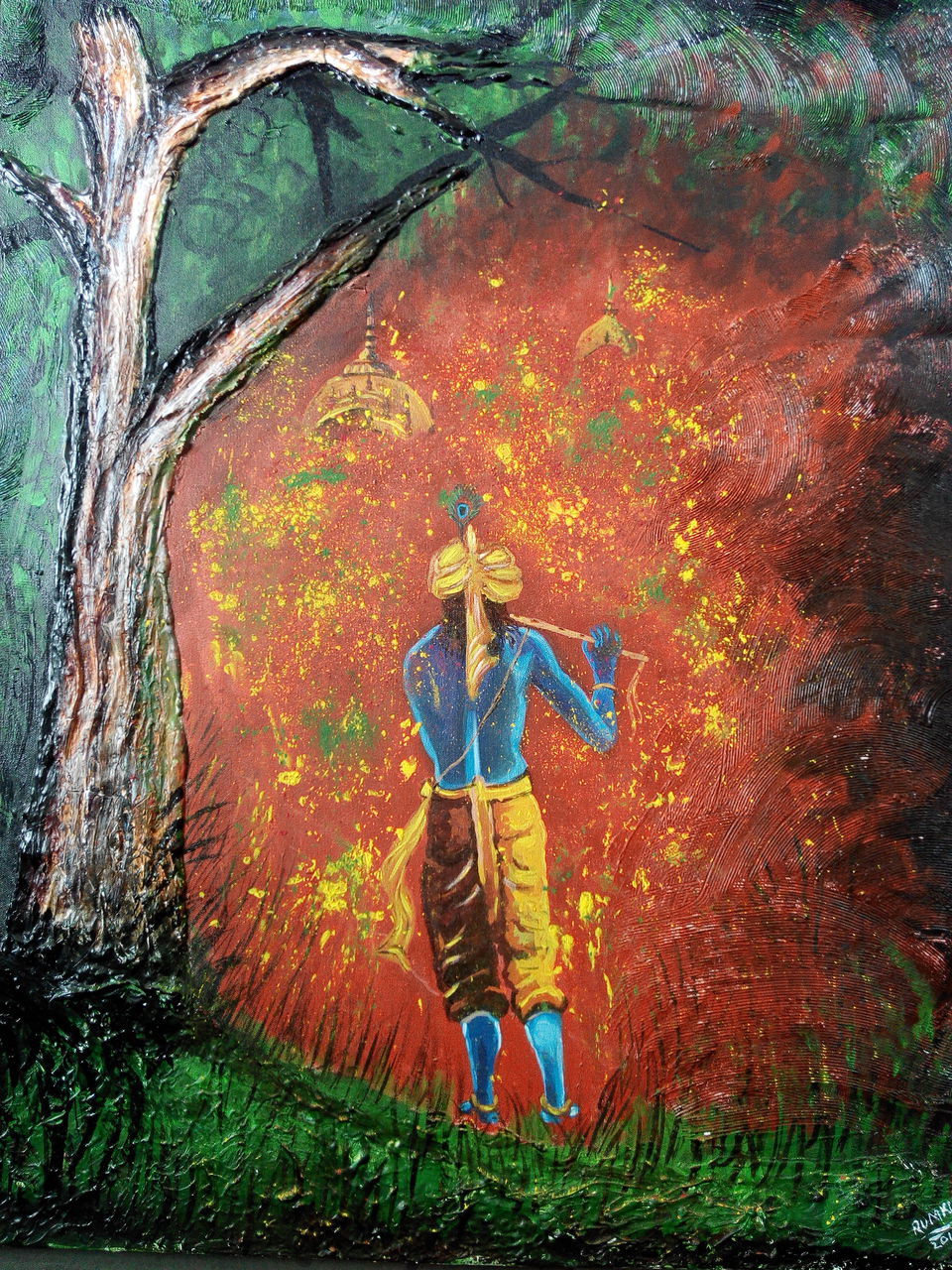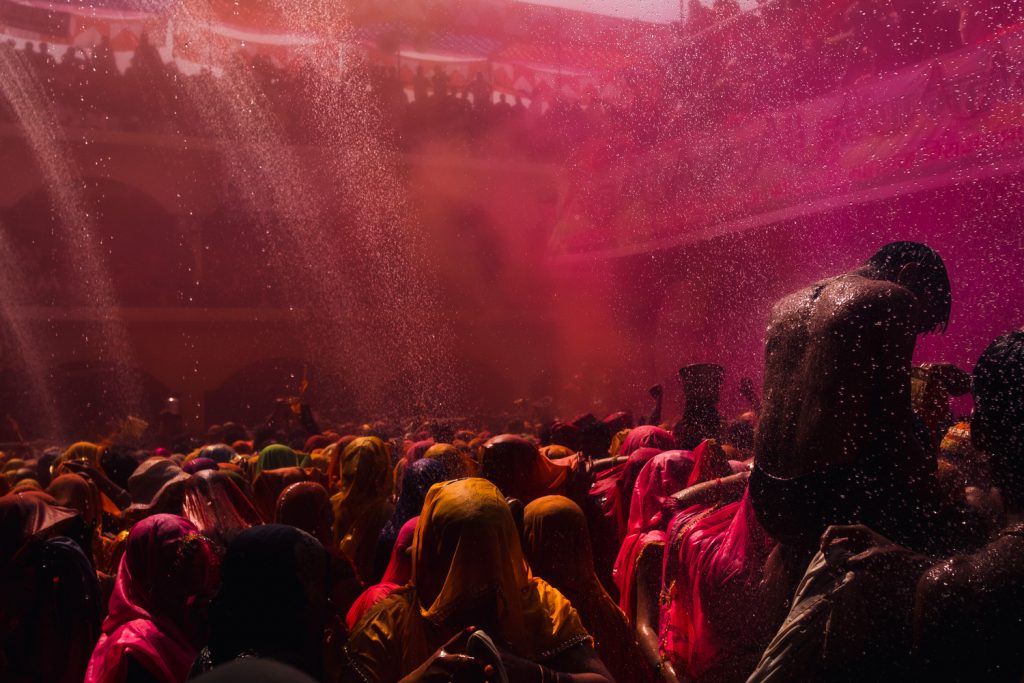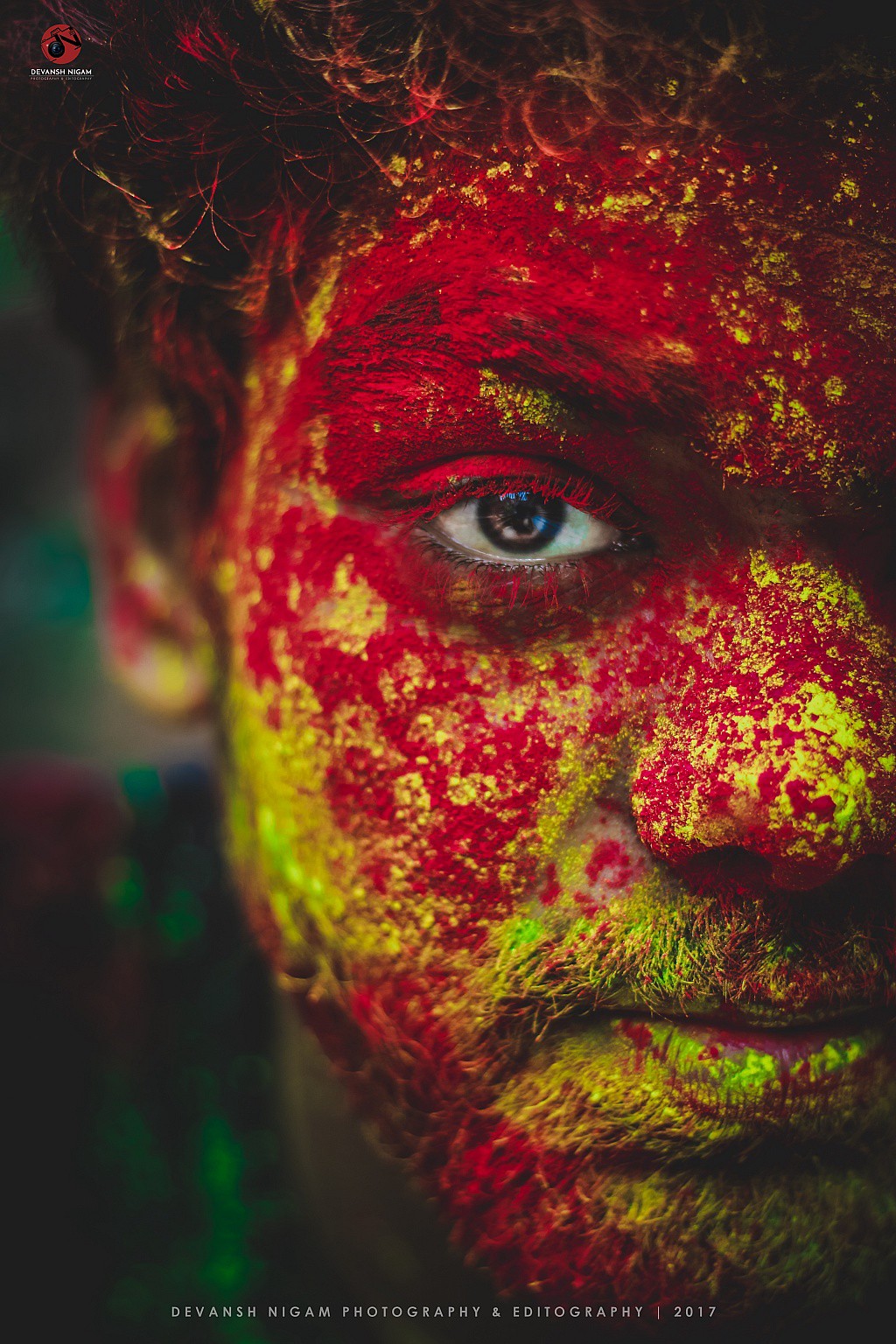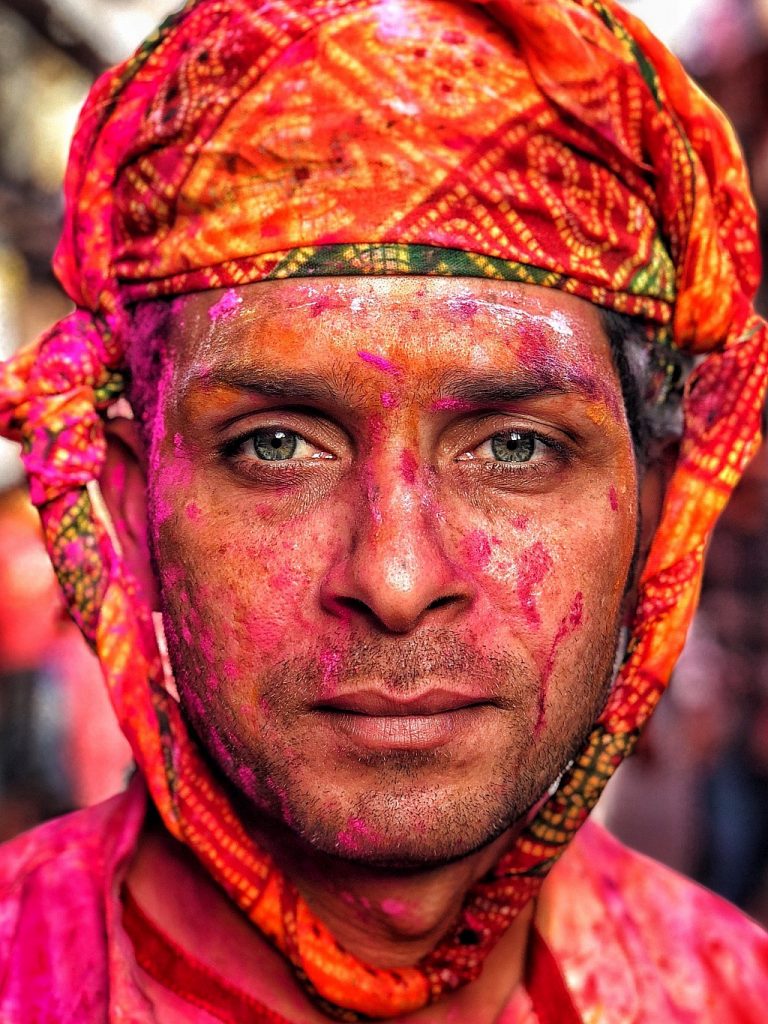Festivals are beautiful. They are fun, filled with joy, food and enjoyment.
We celebrate, because life should be a celebration, with a bit of work to sustain ourselves. Unfortunately, we take things to be the other way around. Usually working ourselves to death, while thinking that the good stuff is just round the corner – the fruits of our labour.
Ironically, we get to it when it is too late to celebrate the way we want to.
And so in India, celebrations were taken to be an integral part of life. This is why we have so many festivals, vrathas, pujas, bouts of fasting and the like. There is hardly a day in the Indian calendar that is “normal”, and if you observe every single one of them, life will become a celebration de facto.
Holi is a popular festival in Sanatana Dharma, originating from India. It is celebrated predominantly in India, but has also spread to other areas of Asia and parts of the Western world through the diaspora from the Indian subcontinent. Holi is popularly known as the Indian “festival of spring”, the “festival of colours”, or the “festival of love”.
The festival signifies the victory of good over evil. It signifies the arrival of spring, the end of winter, the blossoming of love, and for many a festive day to meet others, play and laugh, forget and forgive, and repair broken relationships.
In addition to India and Nepal, Holi is celebrated by Indian subcontinent diaspora in countries such as Jamaica,Suriname, Guyana, Trinidad and Tobago, South Africa, Malaysia, the United Kingdom, the United States, Canada, Mauritius, and Fiji. In recent years the festival has spread to parts of Europe and North America as a spring celebration of love, frolic, and colours.
Holi celebrations start on the night before Holi with a Holika Dahan where people gather, perform religious rituals in front of the bonfire, and pray that their internal evil be destroyed the way Holika, the sister of the demon king Hiranyakashipu, was killed in the fire. The next morning is celebrated as Rangwali Holi – a free-for-all festival of colours,where people smear each other with colours and drench each other.
Water guns and water-filled balloons are also used to play and colour each other. Anyone and everyone is fair game, friend or stranger, rich or poor, man or woman, children, and elders. The frolic and fight with colours occur in the open streets, open parks, outside temples and buildings. Groups carry drums and other musical instruments, go from place to place, sing and dance. People visit family, friends and foes to throw coloured powders on each other, laugh and gossip, then share Holi delicacies, food and drinks.
Well, this you can read on Wikipedia as well, can’t you?
यथैधांसि समिद्धोऽग्निर्भस्मसात्कुरुतेऽर्जुन ।
ज्ञानाग्निः सर्वकर्माणि भस्मसात्कुरुते तथा ॥ ३७ ॥
yathaidhāṁsi samiddho ’gnir
bhasma-sāt kurute ’rjuna
jñānāgniḥ sarva-karmāṇi
bhasma-sāt kurute tathā
yathā — just as; edhāṁsi — firewood; samiddhaḥ — blazing; agniḥ — fire; bhasma–sāt — ashes; kurute — turns; arjuna — O Arjuna; jñāna–agniḥ — the fire of knowledge; sarva–karmāṇi — all reactions to material activities; bhasma–sāt — to ashes; kurute — it turns; tathā — similarly.
As a blazing fire reduces firewood into ashes, all karmas are reduced to ashes by this blazing fire of knowledge.
Srimad Bhagavad Gita 4.37
What knowledge is this? Maybe a Wharton MBA? Or at least from IIM? Surely such knowledge, that obliterates karma, cannot be just a Bsc?
True knowledge is jnana, and this knowledge cannot be gathered through the best books in the world. An insight into the very subject is required.
In Kyokushin Karate, one may practice a Jordan-mawashi geri, or face kick, a hundred times, but that does not result in a knockdown. When the time comes, when the guard is down, the leg does not raise itself automatically.
It is said that a thousand days of conscious practice – not just going though the motions, but each kick practiced consciously, with full intent…a thousand days of such practice results in you being a master of the kick.
And with ten thousand days of constant practice…you become the kick.
And then, you don’t have to think of kicking. The guard comes down, and the kick reaches it’s target, and the result is a knockdown. This is called unconscious competence.
That is true knowledge of the subject.
In the Bhagavad Gita, Sri Krishna refers to jnana, or conscious knowledge. You can learn how the earth moves, and the sun shines, and how love feels, but you cannot be said to have true jnana, until you become the earth that moves, and the sun that shines, and the love that you feel.
The jnana of the self, is the knowledge that you experience, and that leads you to awareness.
The awareness that you are not different from other people, or for that matter, any other part of existence. That you are existence, and existence is you.
When that awareness arises, there is stillness. Just like a raging river ceases all movement when it reaches it’s destination, which is the sea, all your action – good or bad, all your desires, thoughts, emotions, everything ceases when you become aware of the universal consciousness. Then there is no action, and no karma.
All festivals in Sanatana Dharma have a deep-rooted significance. Some chintan (contemplation), some meditation, and some celebration.
Holi is one festival where the celebration is so colorful, that the chintan and meditation take the backseat, and in most cases, disappear. The festival then becomes a hollow celebration – a million colors on the outside, but emptiness on the inside.
This Holi, as the fire of Holika-dahan blazes, think about jñānāgniḥ sarva-karmāṇi bhasma-sāt kurute tathā – on how you can use this occasion to remind yourself of the beauty of knowing, of awareness, of jnana.
And take a small step towards it – meditate for at least 30 minutes.
Then, don’t wait. Pichkari in hand, set out to celebrate. For life is also a celebration. And Holi is a personification of celebration, and hence of life itself.
Happy Holi…होली है!!
